
How Calcium Signals Early Warning
Research, The Plant Cell, The Plant Cell: In a Nutshell0 Comments
/
Liu et al. uncover a direct link between calcium signaling and a plant immune receptor http://www.plantcell.org/content/29/4/746.abstract
Plants have evolved a sophisticated system to defend against pathogen attack that involves recognition of an invading pathogen and activation of the immune system.…
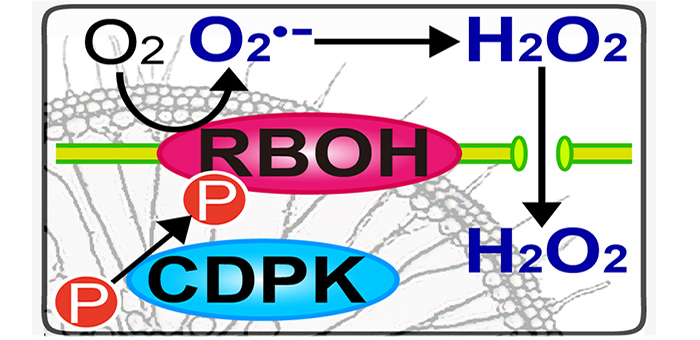
How Rice Thrives in Flooded Fields
Research, The Plant Cell, The Plant Cell: In a NutshellYamauchi et al. study the formation of aerenchyma in rice – spongy tissue filled with air spaces that develop in roots of wetland plants http://www.plantcell.org/content/29/4/775.abstract
Plants, like animals, need oxygen for respiration (the metabolic process of breaking down sugars to get energy).…
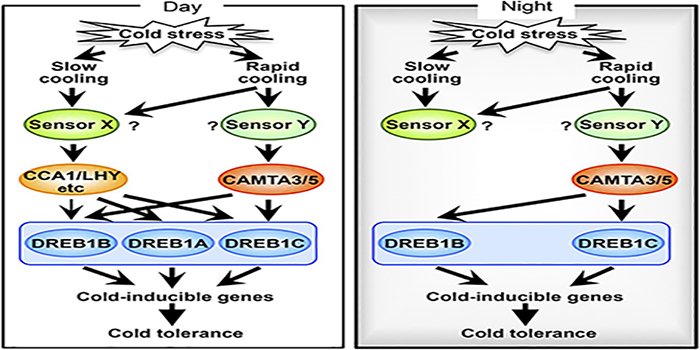
How Plants Sense Cold and Activate Cold Tolerance
Research, The Plant Cell, The Plant Cell: In a NutshellKidokoro et al. investigate how plants sense cold and activate cold tolerance http://www.plantcell.org/content/29/4/760.abstract.
Cold stress can be just as lethal as heat stress. When a cell freezes, the water inside it expands as it turns to ice. This can cause the cell membrane to rupture and lead…

Rapid cytosolic calcium elevations in Arabidopsis during aphid feeding
Plant Science Research Weekly, ResearchCalcium signaling is a common plant response to many different stimuli. Vincent et al. used a fluorescent calcium reporter, GCaMP3, to record calcium responses in Arabidopsis to feeding by aphids (specifically, the green peach aphid Myzus persicae). Through analysis of various mutants, key components…
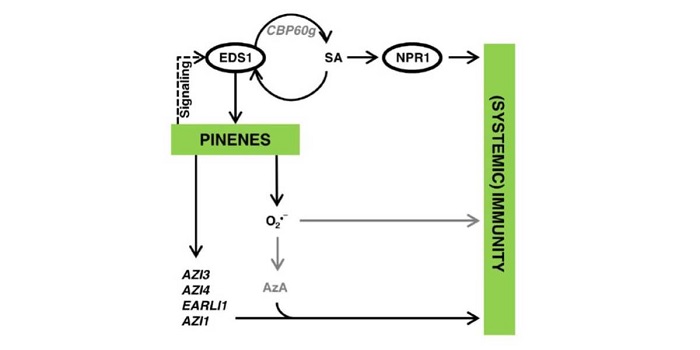
Monoterpenes support systemic acquired resistance within and between plants ($)
Plant Science Research Weekly, ResearchPathogen perception leads to local and systemic immune responses including systemic acquired resistance (SAR). The nature of the mobile signals and their movements remain uncertain. Riedlmeier et al. demonstrated that certain monoterpenes including α- and β-pinene accumulate in SAR-inducing conditions…

Role of SPA proteins in COP1 subcellular localization ($)
Plant Science Research Weekly, ResearchSPA (SUPPRESSOR OF PHYTOCHROME A-105) proteins form a complex with COP1 (CONSTITUTIVELY PHOTOMORPHOGENIC 1) and are required for COP1 to respond to changes in the light environment and transduce light signals and influence plant development. In this paper, Balcerowicz et al. investigated the importance…
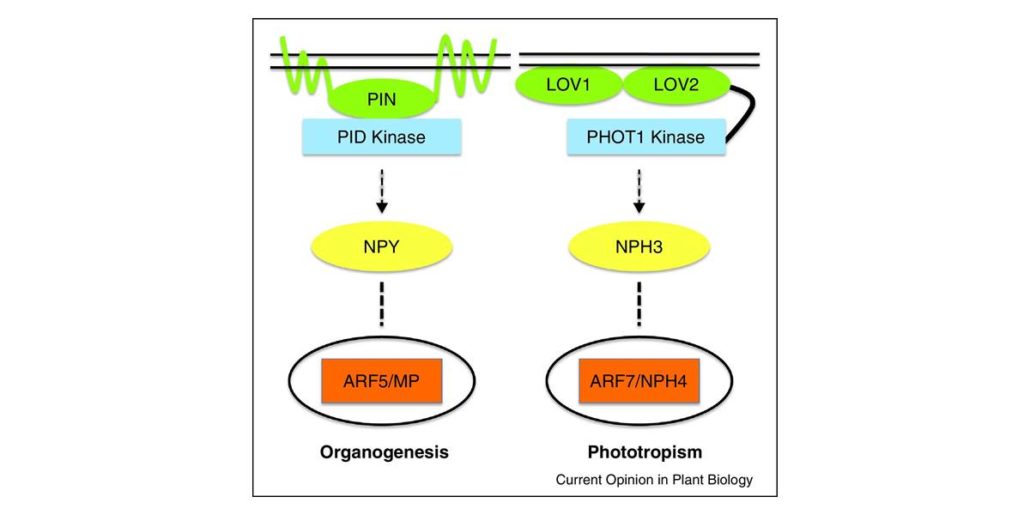
Review: Auxin perception and downstream events ($)
Plant Science Research Weekly, ResearchThe mechanism by which auxin alters patters of transcription through TIR1s, ARFs and IAA proteins is well established, but less clear is our understanding of how rapid, non-transcriptional auxin responses occur. APB1 was implicated in non-transcriptional responses, but in the past few years evidence…
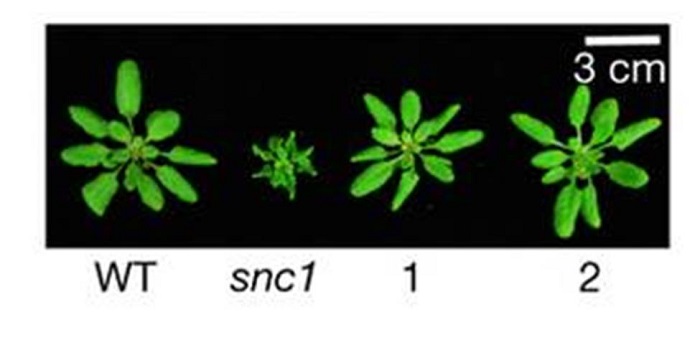
Global translational reprogramming of plant immune response, and engineering of disease resistance through regulated translation ($)
Plant Science Research Weekly, ResearchPlants fight back when pathogens attack, and in the first of a pair of papers Xu et al. have revealed a new insight into this response by demonstrating a significant translational upregulation of many defense-response mRNAs (10.1038/nature22371). Previously, this group showed that the translation of…
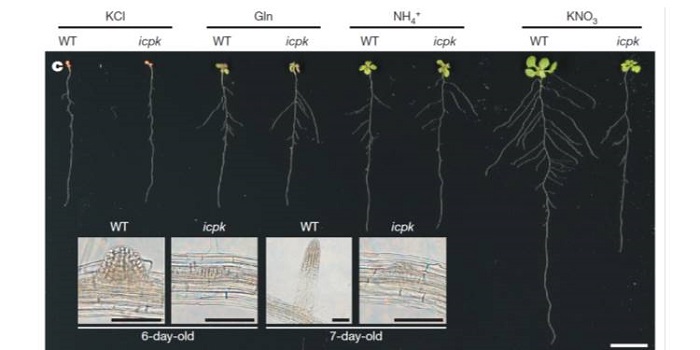
Discovery of nitrate–CPK–NLP signalling in central nutrient–growth networks ($)
Plant Science Research Weekly, ResearchNitrate acts as a potent signal as well as a source of nutritional nitrogen, but key players in the nitrate response have been missing from our understanding. Liu et al. identified a unique calcium signal stimulated by nitrate in mesophyll cells. They then found that in vitro kinase activity of Ca2+-sensor…

